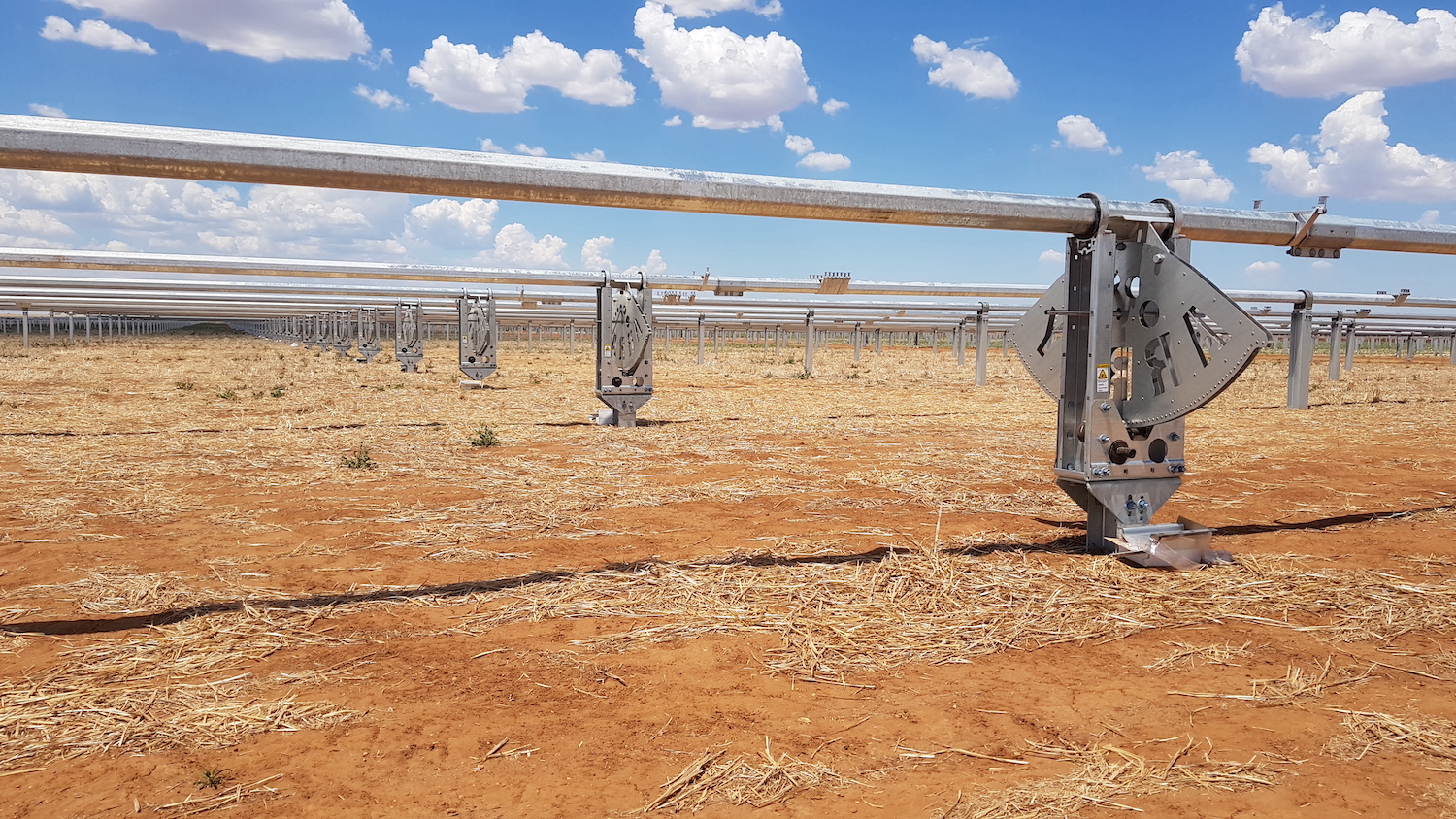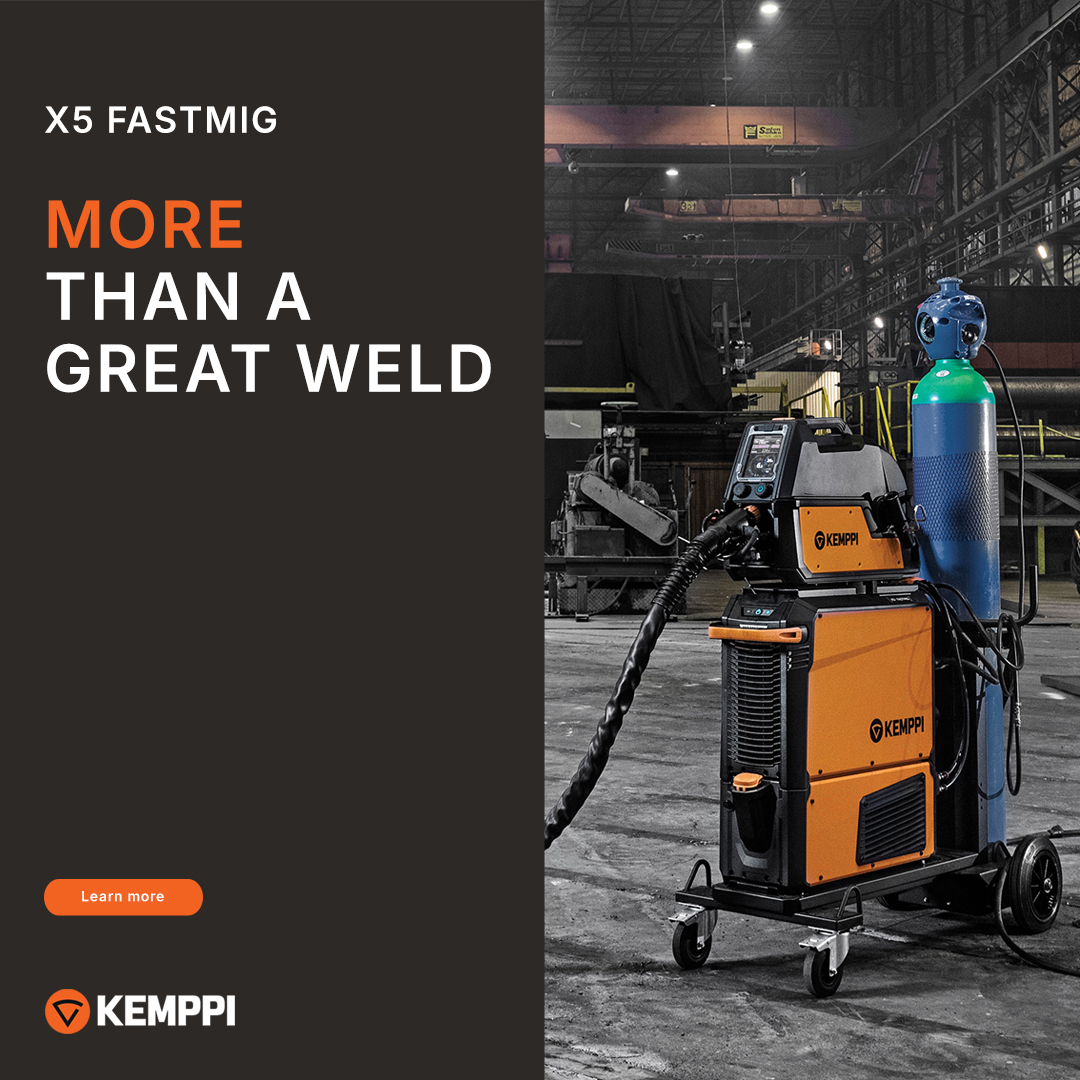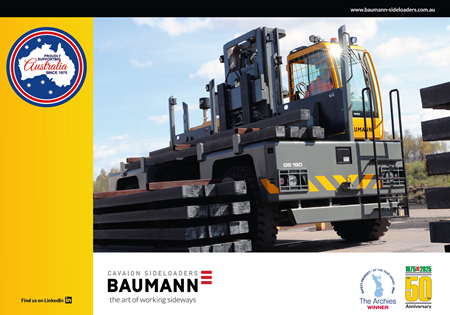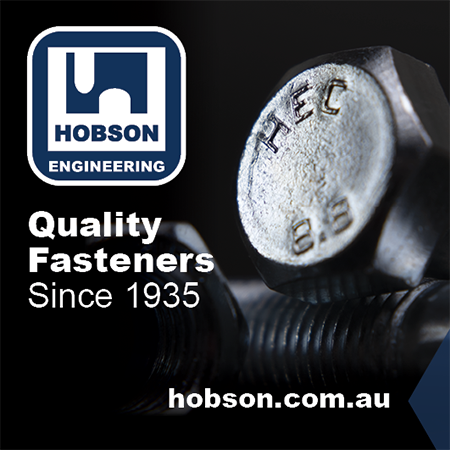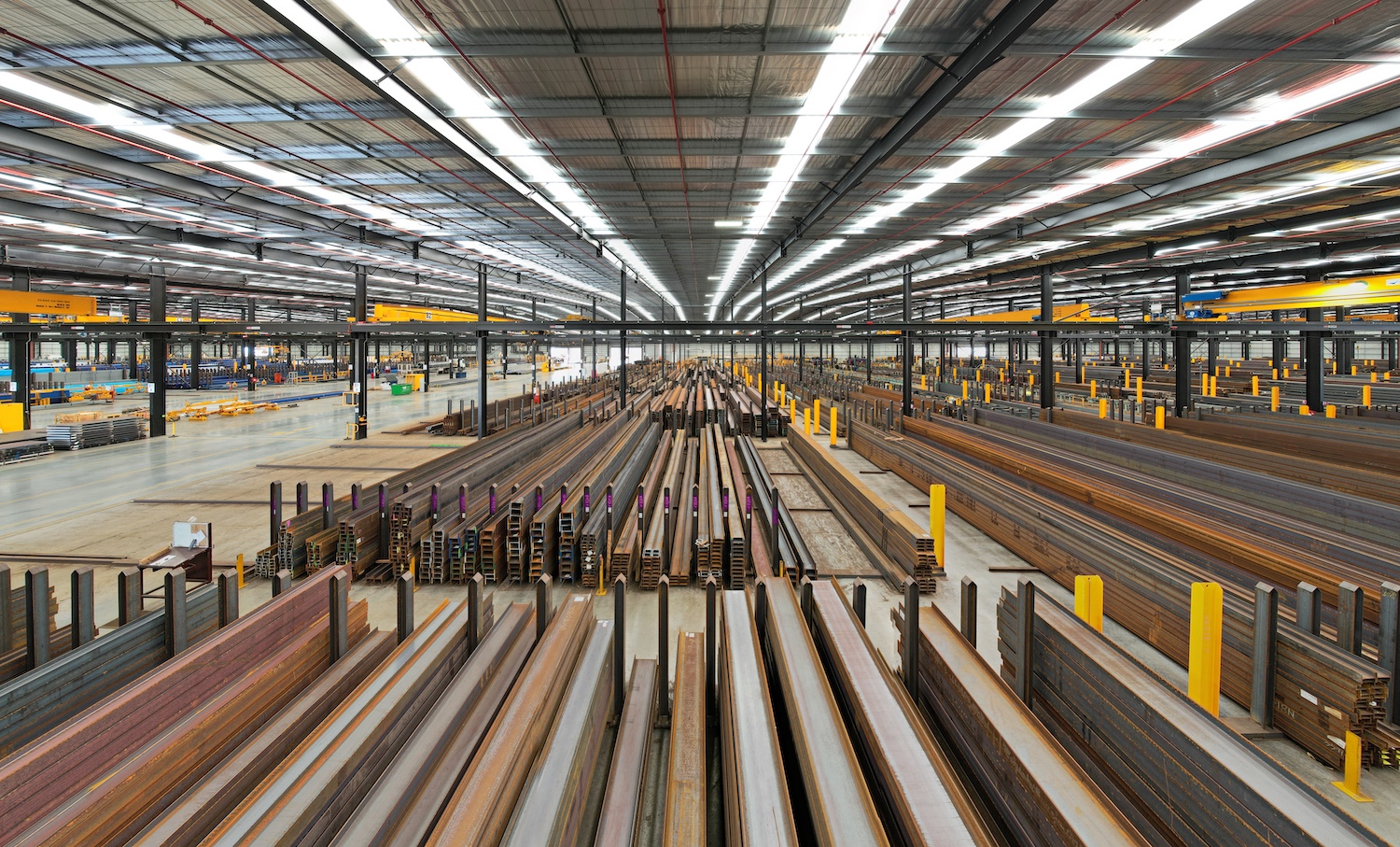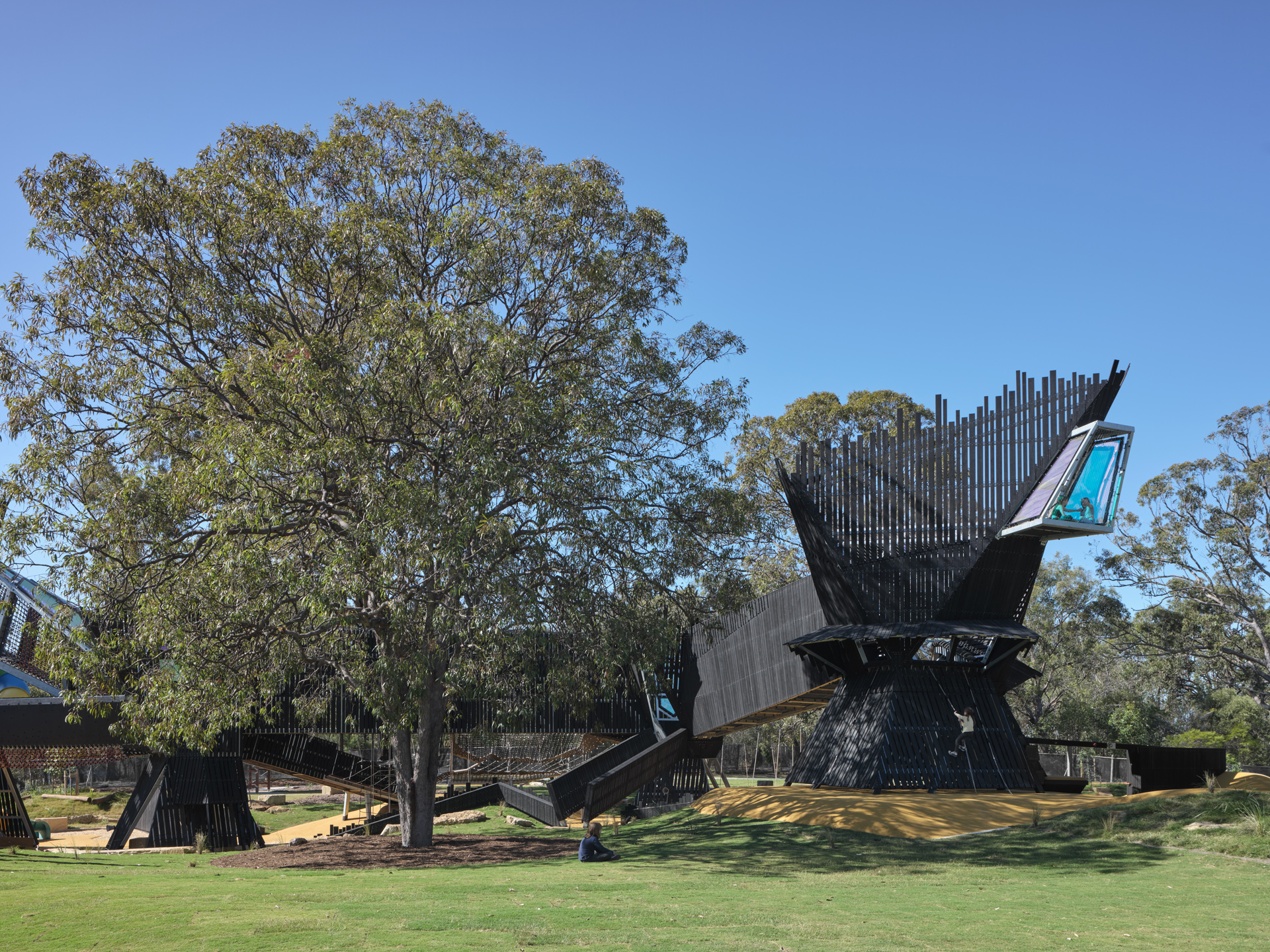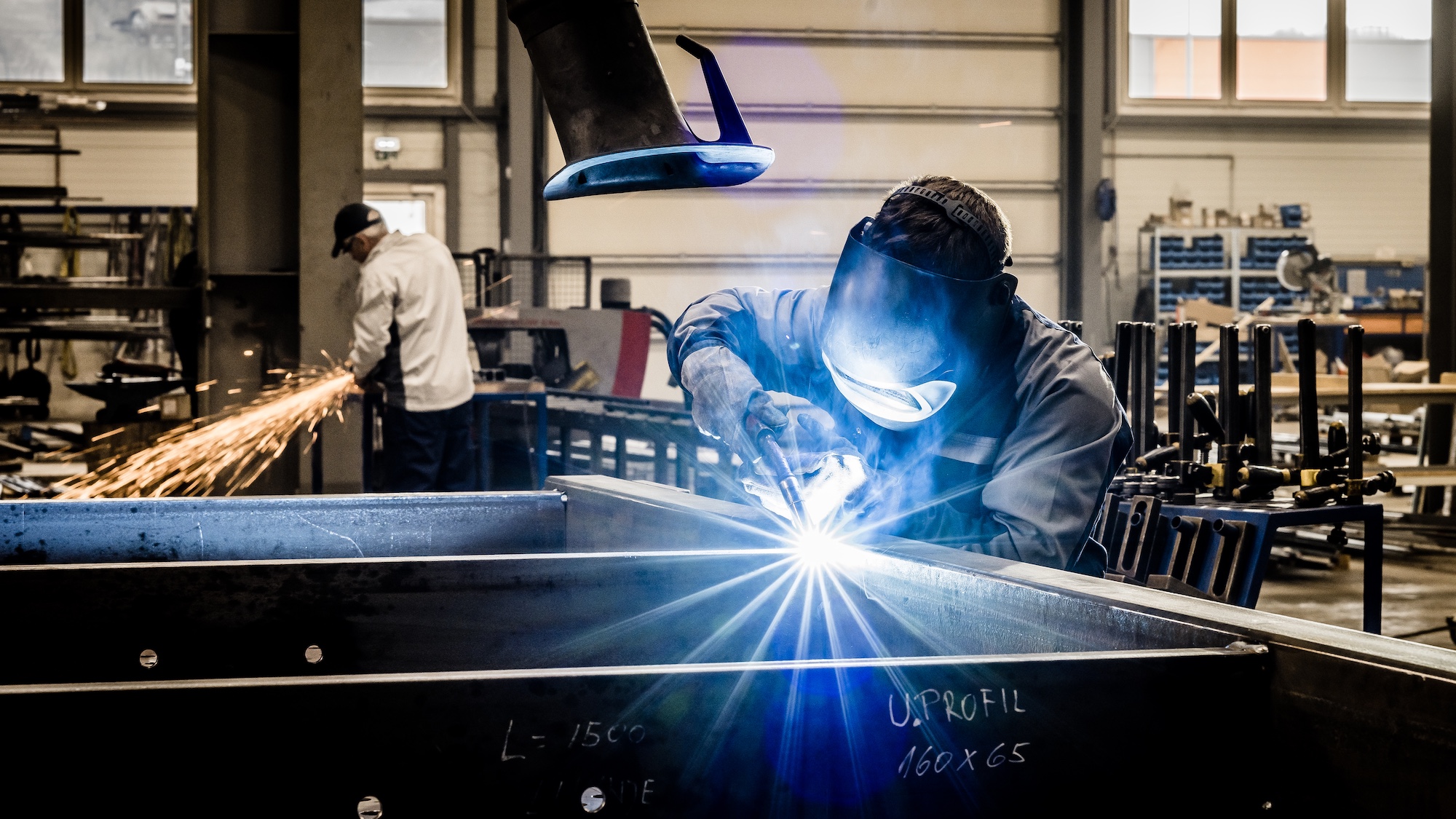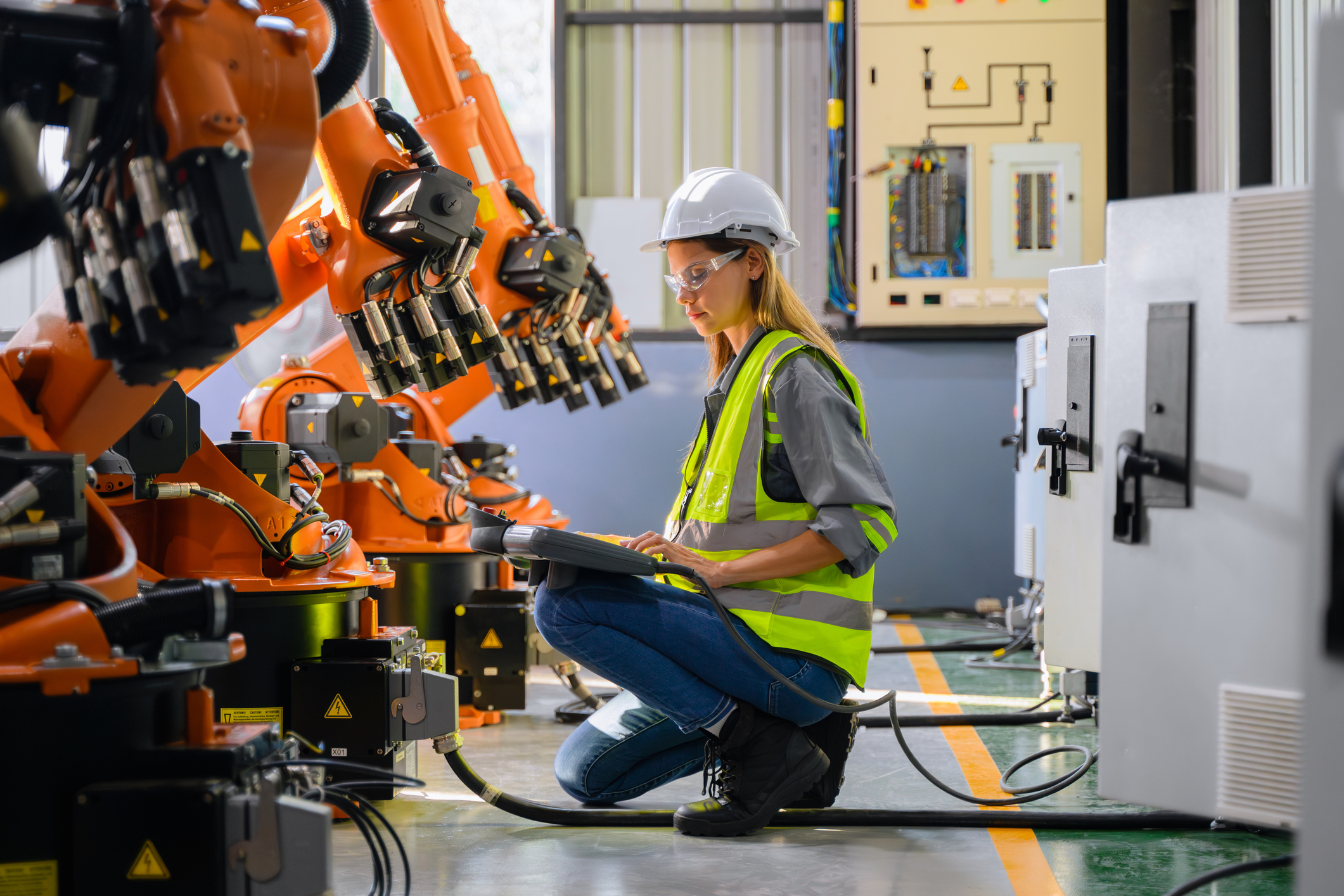How InfraBuild, Austube Mills, OneSteel Manufacturing Whyalla Steelworks and Array Technologies are reinventing local manufacturing
One of the steel industry’s recent success stories highlights how local capabilities are being leveraged to meet the growing needs of the renewables market. InfraBuild, Austube Mills and OneSteel Manufacturing Whyalla Steelworks have worked together to deliver a local manufacturing solution for Array Technologies, a global leader in solar tracking systems.
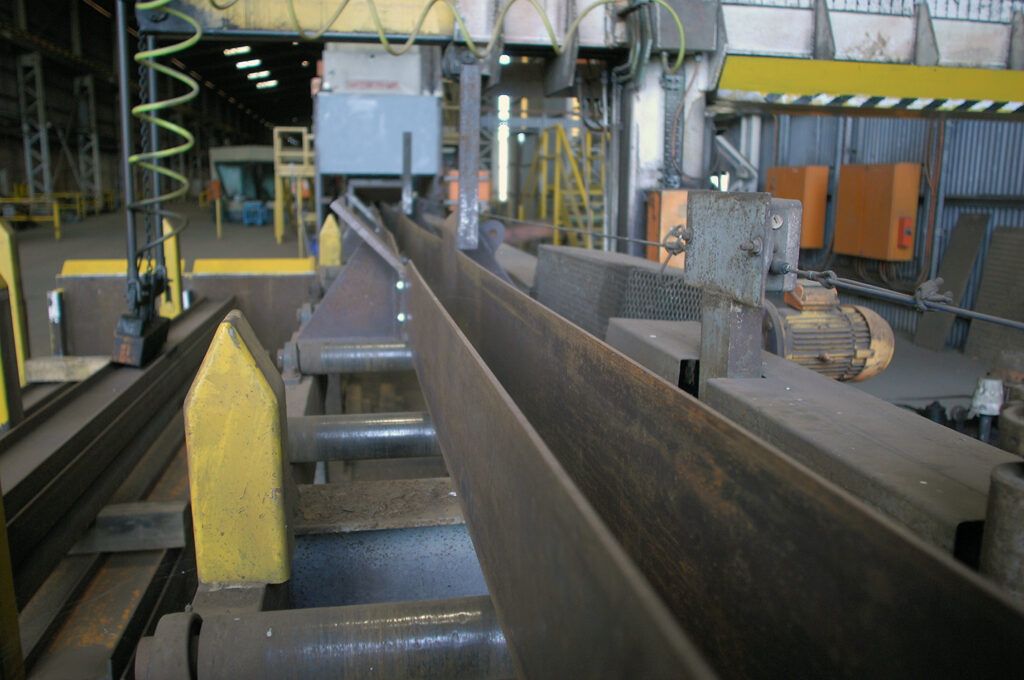
Array Technologies is one of the world’s leading suppliers of solar tracking systems. According to Michael Corio, director of Asia Pacific for Array, “We supply all of the steel beneath the modules that actually tilt the solar panels to track the sun, increasing production and generating an overall lower levelised cost of energy. We had a requirement to produce a high level of our components here in Australia, and this enabled us to work with our trusted partners like the Whyalla Steelworks, InfraBuild and Austube Mills.”
Array’s solar trackers require precision-engineered torque tubes and piling, driven into the ground to support solar panels. While the modules themselves were originally sourced overseas, InfraBuild, Austube Mills and the Whyalla Steelworks worked together to deliver a high-quality, locally produced solution, deploying their extensive branch network to supply from mill to site.
For the Horsham Solar Farm, InfraBuild supplied around 2,000 tonnes of tube to Array Technologies—produced at Austube Mills—completing the project’s manufacturing requirements smoothly and ahead of schedule. “The capacity is absolutely there,” said Duane Cornish, InfraBuild’s national business development manager. “When you compare apples to apples, we are very competitive. There’s a perception that Australian industry can’t meet demand, but projects like the Horsham and Glenrowan solar farms prove otherwise.”
The work wasn’t without challenges. Array’s design called for a highly specific octagonal tube, protected by intellectual property. InfraBuild acquired specialised tooling and machinery from Germany, undertook six to nine months of trial production, and rigorously tested quality to meet Array’s exacting standards.
“The Array team noted that our quality and supply were among the best globally,” said Cornish. “It was a real validation of what Australian manufacturing can deliver when given the chance. We now have multiple projects on the horizon with Array Technologies. They are very keen to work with us, even on projects without local content mandates on the tube.”
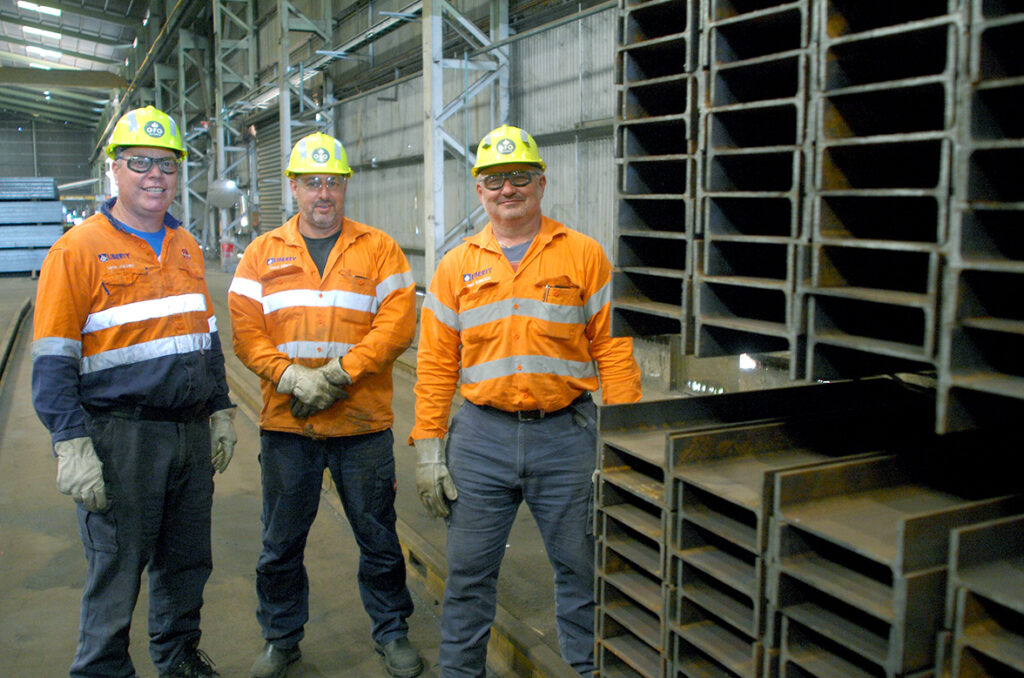
Innovation at Whyalla Steelworks: repurposing for renewables
In parallel, the Whyalla Steelworks found a unique way to contribute, repurposing existing infrastructure at its Whyalla ‘Trak-Lok’ facility—originally designed for manufacturing steel sleepers for railways—to produce solar farm piling.
“The facility was designed for one purpose: to efficiently mass-produce steel rail sleepers,” said Mark Bubicich, Manager Technical Sales at the Whyalla Steelworks and the Project Manager. Long steel bars—13 metres long—would move down the line, get sheared, punched with precision holes, formed into shape, and neatly stacked for delivery. The process was highly efficient, tailored to create 2 to 3 metre-long sleepers at rapid pace, ideal for the repetitive, high-volume needs of railway construction.”
“However, the plant was under-utilised. Rather than letting it sit idle, we undertook an initia-tive to retool it for locally value-added solar piles for Australian solar farm projects.”
“Solar farms, it turns out, require a similarly repetitive, high-volume product: solar farm piles. These are steel posts, typically 2.5 to 4 metres long (sometimes longer, depending on ground conditions), with precisely positioned holes to allow for assembly. About 90% of the posts used in solar farms are identical, making them ideal candidates for mass production using the sleeper plant’s existing capabilities.”
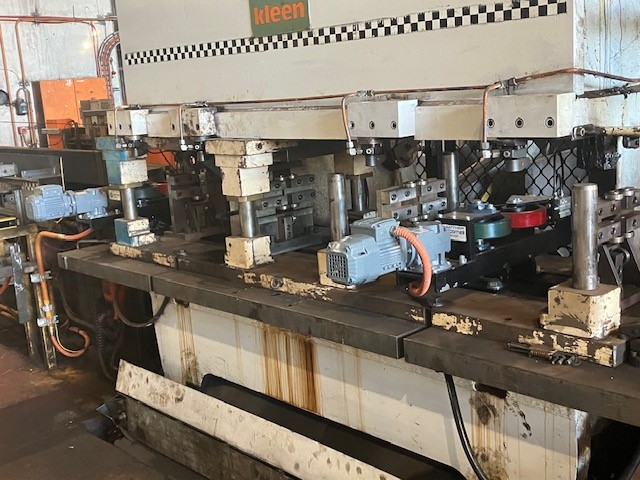
A brownfield retrofit with big potential
Recognising the opportunity, the team embarked on a brownfield retrofit, aligning the plant’s original purpose with the new demand for solar piling.
“We had an idle asset with a lot of inherent capability, and a highly capable team,” Bubicich explained. “It just wasn’t being utilised and waiting for a unique opportunity.”
The conversion wasn’t simple. Solar farm piles are made from 180UB universal beams — a different specification from rail sleepers. To adapt, the team reengineered the roller lines and developed simple ways to flip the beams to present the correct surface for punching then stacking.
One of the most significant engineering challenges was the punching process itself. Rail sleepers only required holes in one flange; solar farm piles needed holes in both. Designing a punching block to achieve this simultaneously took multiple design iterations and extensive testing, including 3D printing prototypes to understand and prove the dynamics including safe removal and flow of the punched slugs.
Maintaining the flexibility to switch back to sleeper production was essential. The roller line changes and the punching press upgrades were designed so that the plant could revert to its original purpose if market demands shifted again.
“We did it all largely in-house, using our own engineers and tradespeople,” Bubicich said. “From operators to boilermakers to fitters to young engineers, everyone contributed to the redesign and development – a true team effort.”
The result? A production line capable of turning out several piles per minute — far faster than traditional beamline drilling and cutting operations, which typically produce a pile in minutes. This production speed means the plant can efficiently meet the high-volume, repetitive demands of large solar farms.
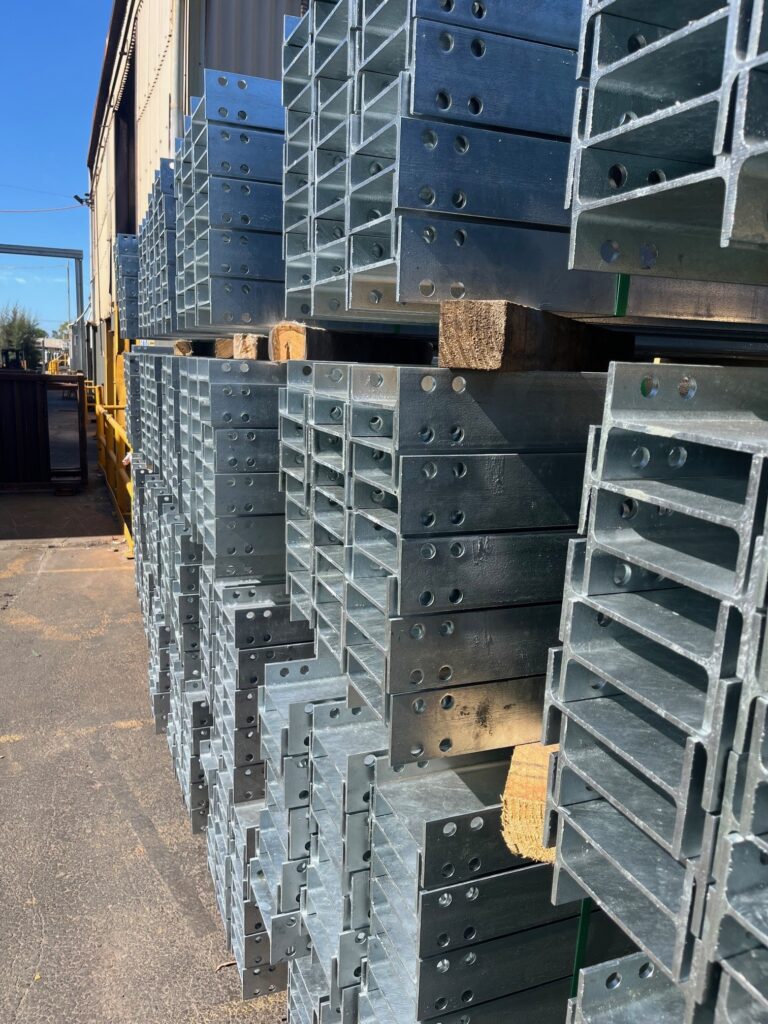
Quality at every step
High production volumes mean nothing without quality. The team installed a new quality assurance station, drawing on expertise from engineers who had previously overseen quality assurance in rolled product mills. “Our check systems and gauges are tightly controlled,” Bubicich explained. “Every pile is part of the quality control regime before it’s stacked, strapped, and dispatched.”
After production, the piles are sent to galvanizers in Adelaide, ready to withstand decades of harsh Australian weather conditions.
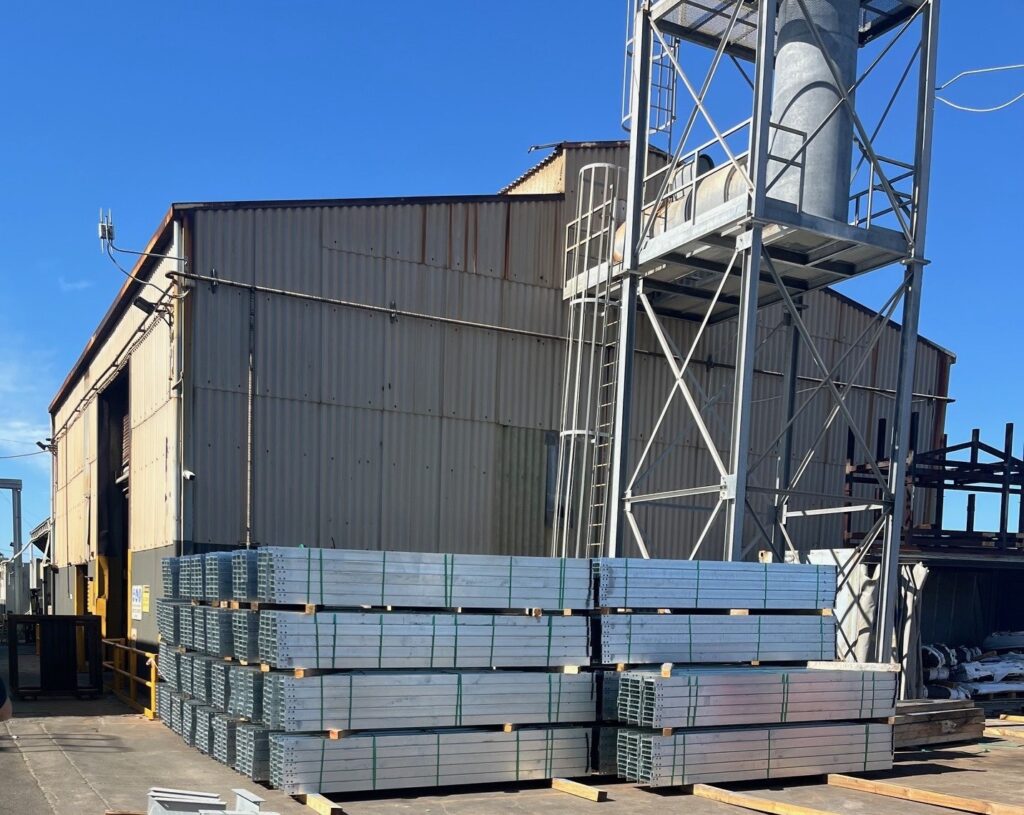
A blueprint for sustainable manufacturing
This story is more than just a clever repurposing of machinery; it’s a powerful example of how Australian manufacturing can adapt to meet new challenges. By redeploying existing assets, investing in innovation, and harnessing local skills, the team has created a production capability that supports the transition to renewable energy, all while keeping manufacturing jobs and expertise onshore.
“It’s a real example of brownfield innovation,” said Bubicich. “We’ve been able to pivot existing assets to meet new market needs without massive external investment. It’s sustainable, efficient, and keeps jobs and skills here in Australia.”

